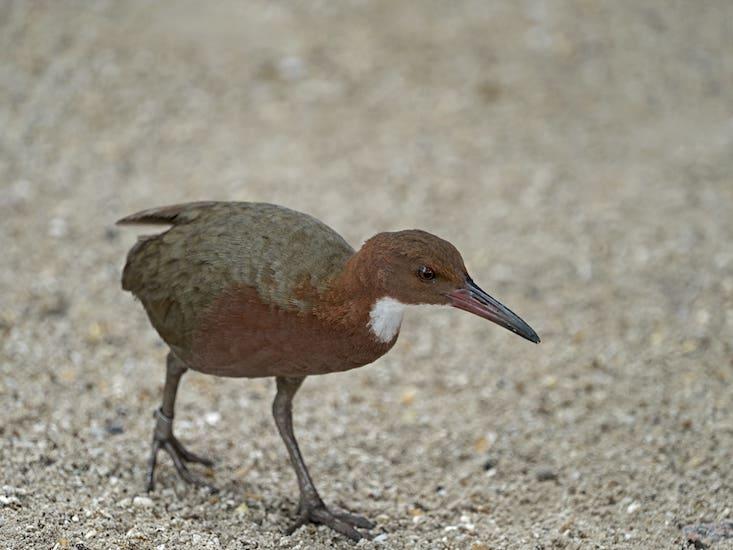What an Extinct Bird Re-Evolving Says About “Species”

You may have heard the news of what sounds like a resurrection story on the small island of Aldabra, off the coast of Madagascar. Around 136,000 years ago, the island was submerged in water and a layer of limestone captured the rails—a species of flightless bird—living there. The birds (and all other land species living on the island) went extinct. Recently, though, scientists reported that the bones of these fossilized rails are virtually indistinguishable from rails living on the island today. They are calling this an instance of iterative evolution—where the same species evolves multiple, distinct times.
How could the same species evolve more than once? Both the fossil and modern rail are descendants of flying rails that made their way to Aldabra from the nearby mainland. In both cases, the rails adapted to the island over time. And each time, the species gradually lost its ability to fly, possibly due to a lack of predators on the island (which removes a significant selection pressure for flight). This raises an interesting question: Can birds on different branches of the evolutionary tree really be part of the same species? The answer depends on what you mean by “species.” This is the species problem, one of philosophy of biology’s persistent demons. As it turns out, it is difficult (and some would argue, impossible) to conceptualize species in a way that fully, and without exception, captures what it is that makes a group of organisms one species and not another.
Read The Full Article Here:
http://nautil.us/blog/what-an-extinct-bird-re_evolving-says-about-species